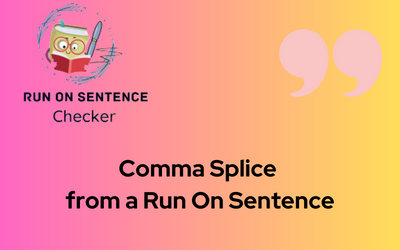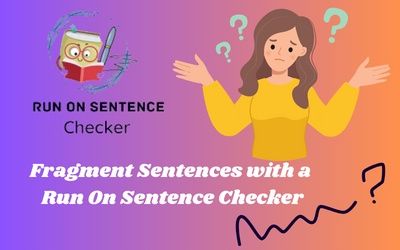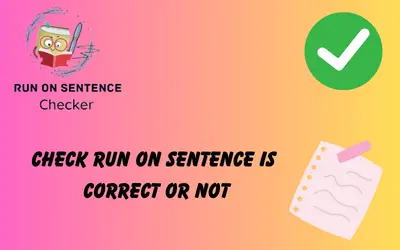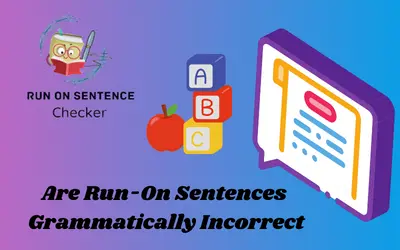Ah, figurative language! It’s like the secret sauce that gives that zing to a dish, making it unforgettable. Why Do Authors Use Figurative Language Checker in their work with this magical ingredient? It’s all about painting those mental pictures, stirring up a storm of feelings, and wrapping complex thoughts in a ribbon of simplicity. Let’s dive headfirst into this enchanting world, shall we?
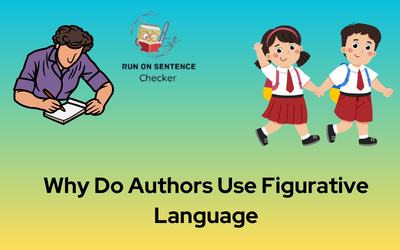
What is Figurative Language?
Figurative language goes beyond the literal meaning of words to create vivid imagery, evoke emotions, and convey complex ideas. It adds depth and beauty to writing, allowing authors to express themselves in creative ways.
In literature, figurative language enhances the reading experience by engaging readers’ senses and imagination. It enables authors to paint vibrant pictures with words, making their narratives more compelling and memorable. Figurative language doesn’t just stick to the black and white of words. Oh no, it leaps off the page, crafting images so vivid you’d swear you could touch them. It’s the writer’s wand, casting spells that whisk readers away to realms unseen and emotions unfelt.
Why Do Authors Use Figurative Language
Why on earth do authors love to splash around in the pool of figurative language, you ask? Well, let me paint you a picture with words, a sort of literary jazz hands, if you will. It’s all about making the ordinary dance with the extraordinary, turning a plain old sentence into a carnival of imagination. Think about it: why say something’s boring when you can say it’s as dull as watching paint dry? Sounds like a winning formula, right?
What’s that about? Authors use this magic to create a feast for the senses, making you feel like you’re right there, tasting, touching, and seeing everything they describe. It’s like they’re your personal reality bending wizards, turning the blah into the “whoa!” with just a flick of their pen. They’re not just telling you a story; they’re taking you on a rollercoaster ride through a world painted in the hues of their words. Crazy cool, huh?
Think of your favorite book. Now, imagine it without any of that descriptive magic. Pretty bland, right for Why Do Authors Use Figurative Language? Figurative language is the soul of literature, breathing life into the mundane. It’s like a virtual reality headset for your brain, making everything more immersive, more real.
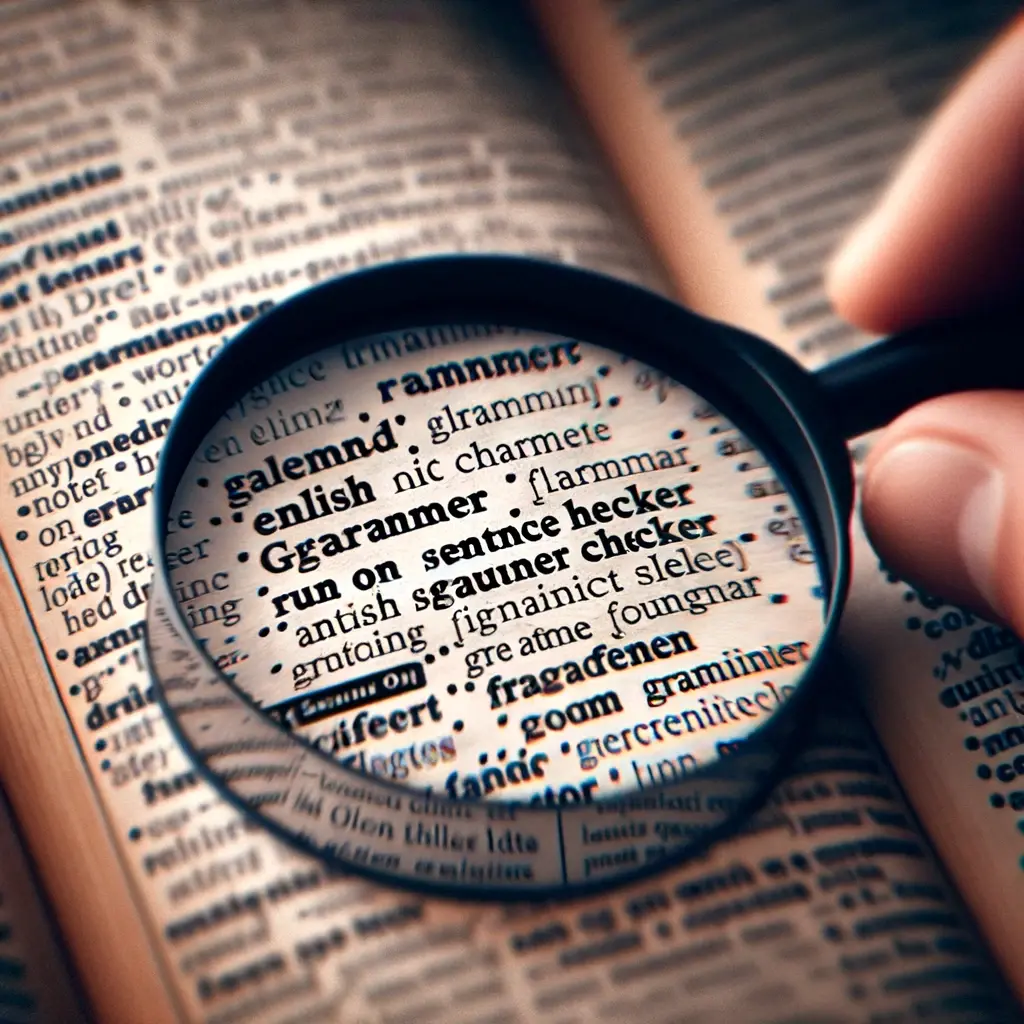
- Metaphors: These guys are the chameleons of the language world, showing us how two totally unrelated things are secretly twins. “Life’s a rollercoaster” – ever heard that one? It’s a classic metaphor in action.
- Similes: These are metaphors’ more laid-back cousins, always chilling with “like” or “as.” They’re fantastic at making comparisons that stick. “As busy as a bee” – that’s the power of a simile for you.
- Personification: Ever heard the one about the wind whispering secrets or the sun smiling down on you? That’s personification, making the non-human feel all warm and fuzzy with human traits.
- Symbolism: This is where objects get to wear superhero capes, representing big, heavy ideas or themes. The humble dove, for example, gets to be the poster bird for peace.
- Imagery: This is the sensory buffet, offering up tastes, smells, sights, sounds, and touches, all through words. It’s like a 5D movie, but in your head.
Examples of Figurative Language
- Metaphor:
- Example: “Time is a thief.”
- Explanation: In this metaphor, time is not literally a thief, but the comparison suggests that time can steal moments from our lives, emphasizing its fleeting nature.
- Simile:
- Example: “Her smile is like sunshine.”
- Explanation: This simile compares the brightness and warmth of someone’s smile to the qualities of sunshine, evoking a sense of joy and radiance.
- Personification:
- Example: “The stars danced in the night sky.”
- Explanation: By attributing human-like qualities (dancing) to the stars, this personification imbues the night sky with a sense of liveliness and wonder.
Conclusion
In the end, figurative language is the secret ingredient that makes stories stick to your ribs, leaving flavors of adventure, love, and mystery lingering long after the last page so that why Why Do Authors Use Figurative Language . It’s what makes reading a journey, an experience, a blast. Authors get it; they know how to mix the perfect cocktail of words to get us hooked, and honestly, we wouldn’t have it any other way. So, here’s to the wordsmiths who make our imaginations soar with just a turn of phrase. Keep it coming; we’re all ears!


